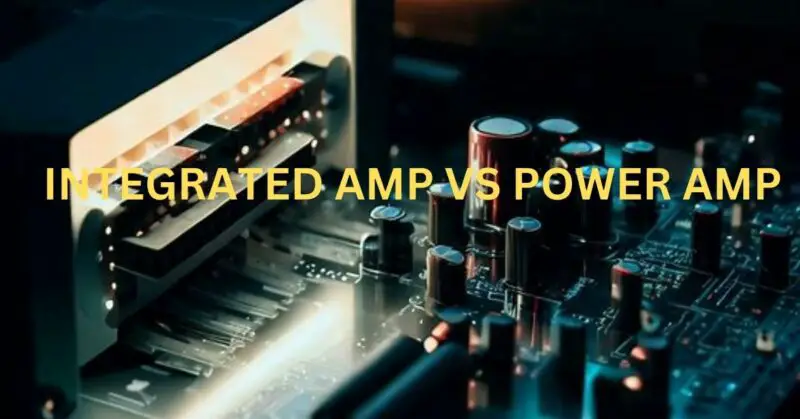When it comes to building an exceptional audio setup, choosing the right amplification solution is crucial. Two common options that audiophiles often consider are integrated amplifiers and power amplifiers. While they both serve the purpose of amplifying audio signals, they have distinct characteristics and cater to different needs. In this article, we will delve into the differences between integrated amps and power amps, exploring their features, benefits, and ideal use cases. By the end, you’ll have a clearer understanding of which option is best suited for your unique audio requirements.
Integrated Amplifiers
Integrated amplifiers combine multiple audio components into a single unit. They typically include a preamplifier (preamp), power amplifier (amp), and sometimes even a phono stage or DAC (Digital-to-Analog Converter). Here are some key features and benefits of integrated amps:
1. Simplicity and Convenience:
Integrated amps provide a streamlined solution, eliminating the need for separate components and complex wiring. They are an all-in-one package that simplifies setup and saves space.
2. Cost-Effectiveness:
Compared to purchasing individual components, integrated amplifiers often offer better value for money. They are designed to provide a good balance between performance and affordability.
3. Synergy:
Since the preamp and power amp sections are built together, integrated amplifiers are optimized for compatibility, resulting in a cohesive and harmonious sound output. Manufacturers carefully match the components for optimal synergy.
4. Versatility:
Many integrated amps come with additional features like built-in Bluetooth, streaming capabilities, headphone outputs, and tone controls, offering a wide range of functionality in a single unit.
Power Amplifiers
Power amplifiers, as the name suggests, are dedicated solely to amplifying audio signals. They lack the additional components found in integrated amps but focus on delivering high-quality power to drive speakers efficiently. Here are the key features and benefits of power amps:
1. Enhanced Power Output:
Power amps prioritize delivering high power levels to speakers, resulting in better control, dynamics, and overall performance. They are designed to handle demanding audio requirements and drive speakers to their fullest potential.
2. Flexibility and Customization:
With power amplifiers, you have the freedom to choose a preamp or other components separately, allowing you to tailor your audio system to your specific preferences. This flexibility enables upgrades or replacements without replacing the entire unit.
3. Ideal for Demanding Systems:
Power amplifiers are an excellent choice for larger rooms, complex speaker setups, or audio enthusiasts who crave the ultimate audio performance. They offer greater headroom and can handle lower impedance loads without strain.
4. Future-Proofing:
Since power amps primarily focus on amplification, they tend to have a longer lifespan than integrated amps. Upgrading other components while retaining the power amplifier can be a cost-effective strategy to keep up with evolving audio technologies.
Choosing between an integrated amplifier and a power amplifier depends on your audio preferences, system requirements, and budget. Integrated amplifiers provide simplicity, versatility, and value for money, making them ideal for users who seek convenience and good overall performance. On the other hand, power amplifiers excel in providing raw power, flexibility, and potential for system upgrades, making them suitable for audiophiles with more demanding audio setups. Ultimately, consider your priorities, consult experts, and audition different options to make an informed decision that will enhance your listening experience for years to come.

